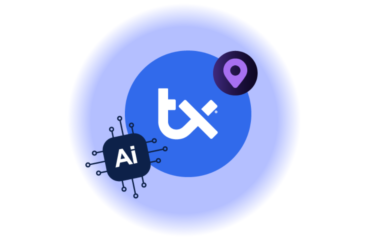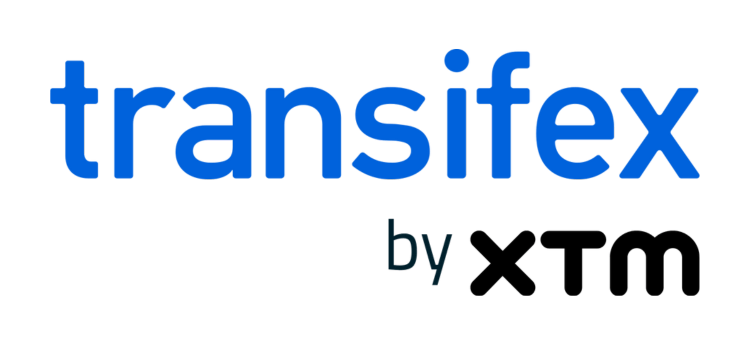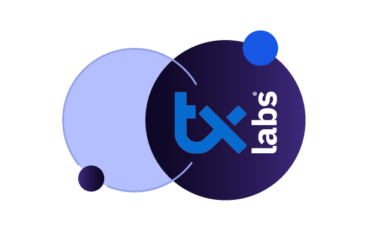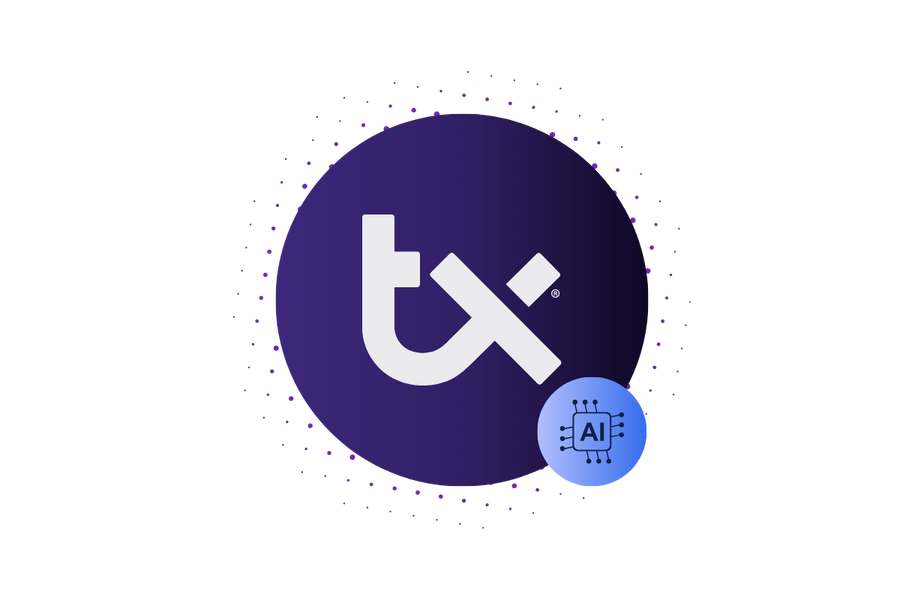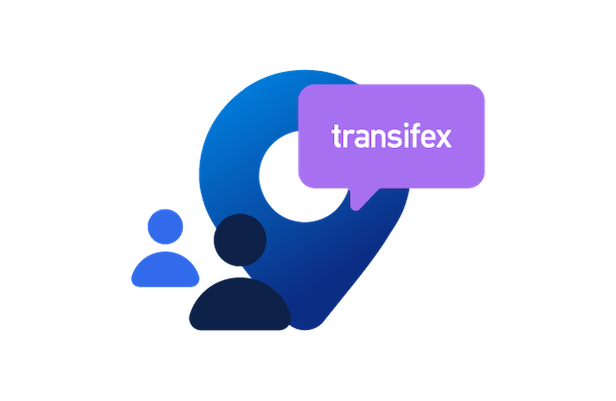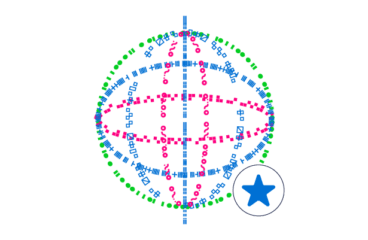

Glossary: Localization Terms All Global Companies Need to Know
The localization world is filled with acronyms and terms that you might not be familiar with, so we compiled a handy glossary of must-know localization verbiage that can help you as you create multilingual content for global markets. And while this admittedly isn’t a comprehensive list of terms, it’s a great starting resource that includes the most common terms that come up when managing the translation and localization process.
CAT Tool
An abbreviation for Computer Assisted Translation, a CAT tool is a computer program that’s designed to help translators increase translation speed while maintaining consistency. Some features of CAT tools include the ability to segment content and Translation Memory, as well as concordance, import/export, and post-production tools.
Concordance Search
Concordance searching allows the translator or user to search a Translation Memory database for a specific word, sequence of words, or phrase. Because source language segments can be searched, translators are able to complete translations faster while increasing translation consistency.
Content Management System (CMS)
Software or a group of applications that support content management, enabling individuals that don’t know HTML to better manage the processes of creating, editing, archiving, and publishing website content. Common CMS systems include WordPress, Joomla, and Drupal.
Fuzzy Matching
A term that stems from Translation Memory; searching a Translation Memory database for a query’s word or phrase, finding and suggesting words with approximate matches (typically between 75% and 99% match) in meaning and spelling. Can help companies save time and money with translations, specifically if content changes or is updated on a regular basis.
Internationalization
Abbreviated i18n (representing the 18 letters in internationalization between the i and n), internationalization is the foundation for localization. It’s a design process that ensures a product, most often software, can be adapted to various languages and regions without requiring engineering changes to the original source code.
Locale
A term used in the localization industry to describe the combination of a language and specific geographic region (typically a country) where the difference in culture warrants the use of different terminology and design practices on the website and in other digital content.
Localization
Abbreviated l10n (representing the 10 letters in localization between the l and the n) has historically been the processes of adapting a product to a locale culture, making it appear native to the user. Yet, over time, the term localization is now applied more broadly, with some even using the term “marketing localization” to refer to the process of adapting marketing collateral. In addition to translating content, localization includes adapting graphics, design, and layout, modifying brand messages to meet the tastes and consumption habits of a particular market, and using the proper local formats for currencies, dates, addresses, and phone numbers.
Machine Translation
An automated form of translation where computer software is used to translate text from one language to another. While Machine Translation can be used to translate large amounts of source data into multiple languages, there are many concerns about translation quality because there’s no human involvement.
Markup Language
The languages of the web including HTML, XML, and XHTML, specifying code for formatting the layout and style within a text file. The code used to specify formatting, also known as tags, surround the beginning and end of the word or phrase that needs to be formatted. For example, This sentence will be bolded in HTML. In translations, only the content inside the tags is translated.
Post-Edited Machine Translation
To cut costs while still ensuring translation quality, some companies use an approach called post-edited machine translation where translations are first done using computer software, but are then reviewed by a language expert, experienced translator, or professional Language Service Provider (LSP) to ensure content and brand messages are translated accurately.
RTL
An abbreviation for Right to Left, RTL refers to languages such as Hebrew, Arabic, Urdu, and Persian that are written and read from right to left. When translating from a LTR (Left to Right) language to a RTL language, keep in mind that you’ll need to see mixed-direction content on the same screen to ensure content fits properly in the allotted space.
Simship
An abbreviation for “simultaneous shipment,” simship is when a domestic product or update is released at the same time as localized versions. Contrary to the old way of localizing when localized versions were only released after the domestic release – after updates, fixes and patches were completed – simship has become the standard operating procedure for companies that want to localize at the pace of their development.
Transcreation
A newer term to the localization world, transcreation has historically been used by advertising and marketing professionals to describe the process of transferring the meaning of a message into another language while maintaining its intent, style, tone, and context. The transcreation process often utilizes skilled translators who have the linguistic experience to interpret the core message and translate it accordingly, and requires multiple rounds of reviews and edits.
Translation Memory
Referred to by many industry experts as TM, Translation Memory is a database that stores past translations which can be leveraged during the actual translation process, saving time for translators and cost for businesses. Translation Memory databases are often a tool that’s part of a CAT tool or localization platform.
Translation Management System
A Translation Management System, also known as a TMS, manages and automates the flow of global content through the localization process from translation to publishing. Many TMS platforms also include tools that greatly reduce the cost of supporting local language content.
Unicode
The international encoding standard for use with different language and scripts, Unicode assigns a unique numeric value to each letter, digit, or symbol across different platforms and program so that multilingual character sets can be supported when developing global software applications.
Did we miss any other must-know localization terms? Share them in the comments section or tweet us at @Transifex – look forward to hearing from you!

